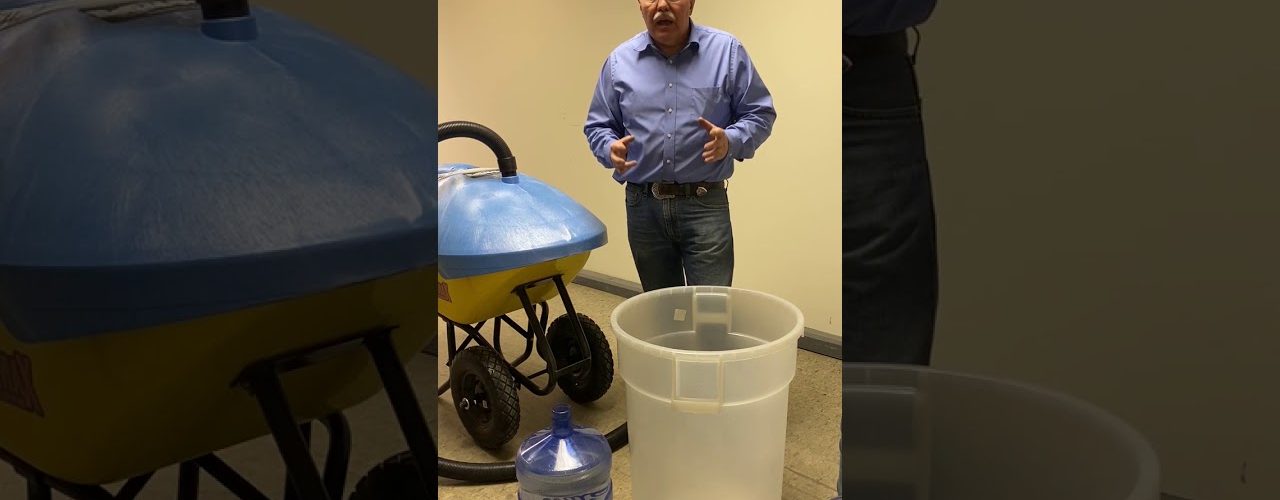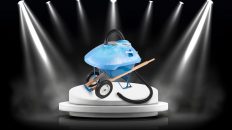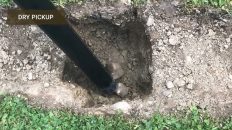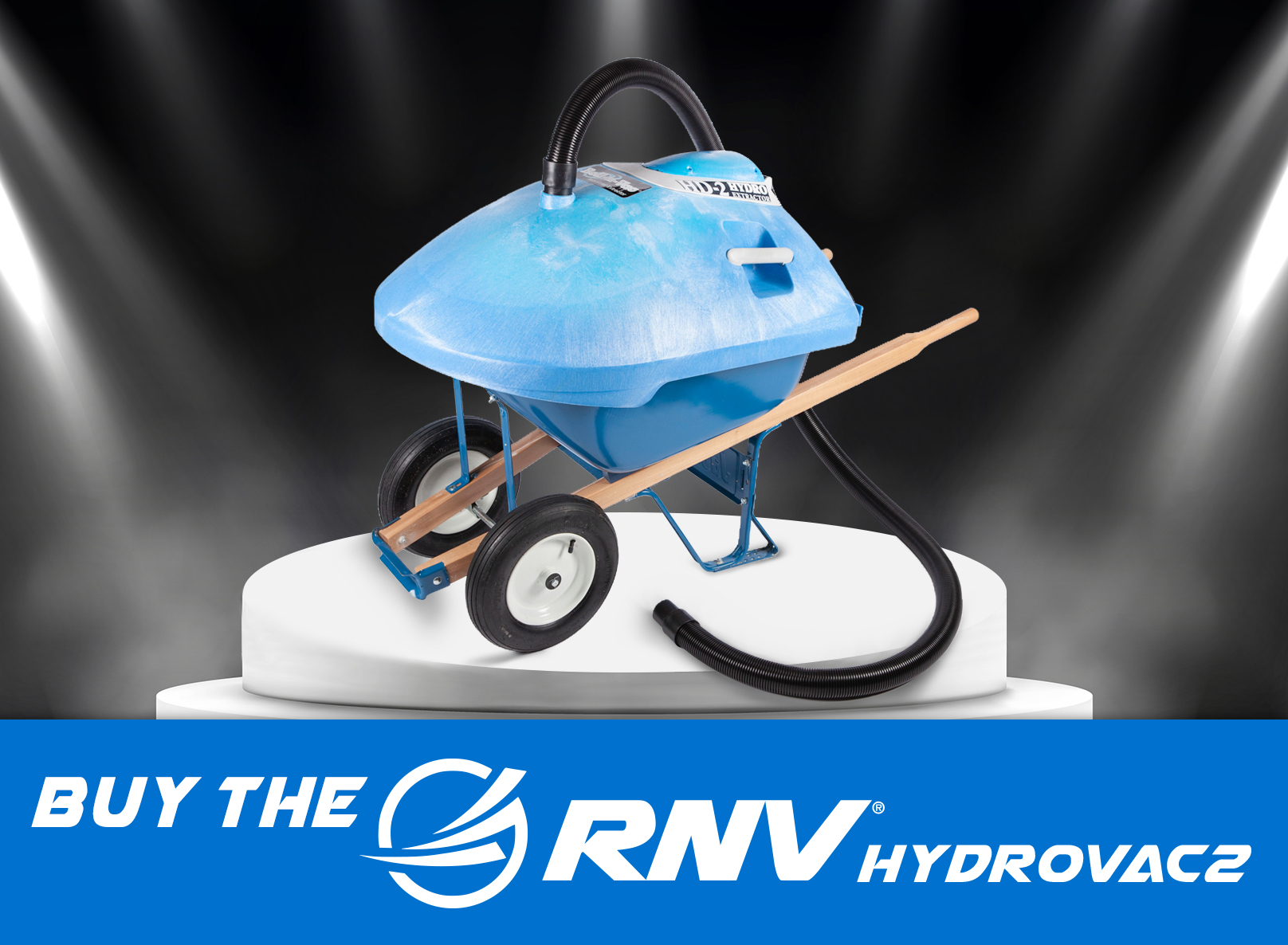Watch Roll-n-Vac tips with Ed Calafut – inventor of the Roll-n-Vac by Truebite. Learn about how we measure the power of each Roll-n-Vac, hose extensions and many more helpful tips.
Roll-n-Vac Experiments
The video starts with an explanation of high water lift to measure the power of the Roll-n-Vac Industrial Extractor using a high water lift gauge. Every Roll-n-Vac is tested for 140 high water lift before being approved to ship out. We measure this using a high water lift gauge. In the video Ed performs a series of experiments to measure power loss over distance using hose extensions. He starts by placing the high water lift gauge on the input of the Roll-n-Vac, then at the end of a 30ft hose, and finally at the end of a 60ft hose.
Ed also recommends using an on of switch, available at your local home improvement store for around $10-$15 dollars. This allows one to turn off equipment from a distance. This would be handy for a pool service professional working from the bottom of a pool.
Next Ed shows the Roll-n-Vac’s ability to suck up water from 60ft. The Roll-n-Vac is able to suck up 20 gallons of water from 60ft in just seconds. Next Ed tests the suction power of the Roll-n-Vac on a 55 gallon steel drum.
Roll-n-Vac Tips
A very important Roll-n-Vac tip contained in this video is how to clean out your hose after use. This is especially important for concrete workers who use the Roll-n-Vac to pick up concrete slurry. The slurry could harden in the hose rendering it unusable. After using the Roll-n-Vac simply fill a large container with water and suck it through the hose. Another option is to run a garden hose through your Roll-n-Vac hose with a simple sprayer set so the water flares out. Then you would simply pull the sprayer back through the hose to rinse it out.
Ed follows by providing tips for cleaning and maintaining the interior of your Roll-n-Vac. Do not use the hepa filter for wet materials. These are intended for dry materials only as they will quickly clog up if used wet. The small hockey puck filter is all that is needed for wet materials. It is placed above the white float and protects the machine by keeping materials out of the motor. It is recommended to regularly rinse out these floats to keep your Roll-n-Vac at optimal power.






Leave a Reply
You must be logged in to post a comment.